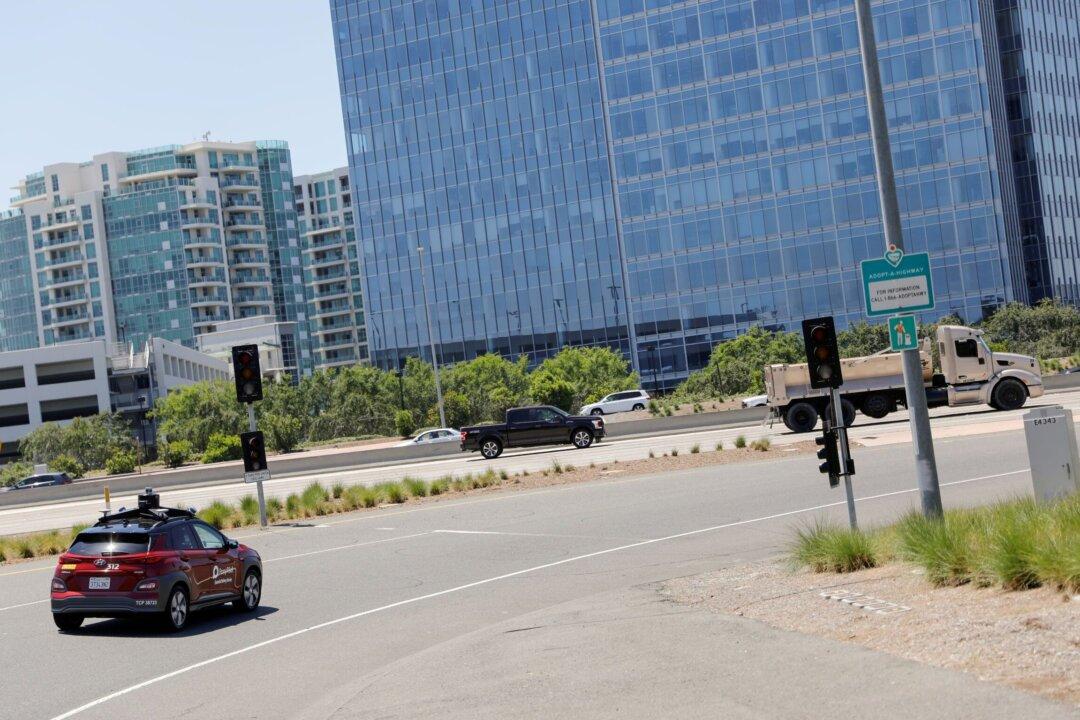FREMONT, Calif.—Self-driving startups like Cruise have begun testing their driverless cars in some parts of California in the past year, with an additional feature: Human operators.
Cruise majority-owned by General Motors Co, started operating five driverless vehicles in San Francisco at night in October 2020 with a human in the front seat. The minder has “the ability to stop the vehicle at any point during the ride,” a Cruise spokesman said.





